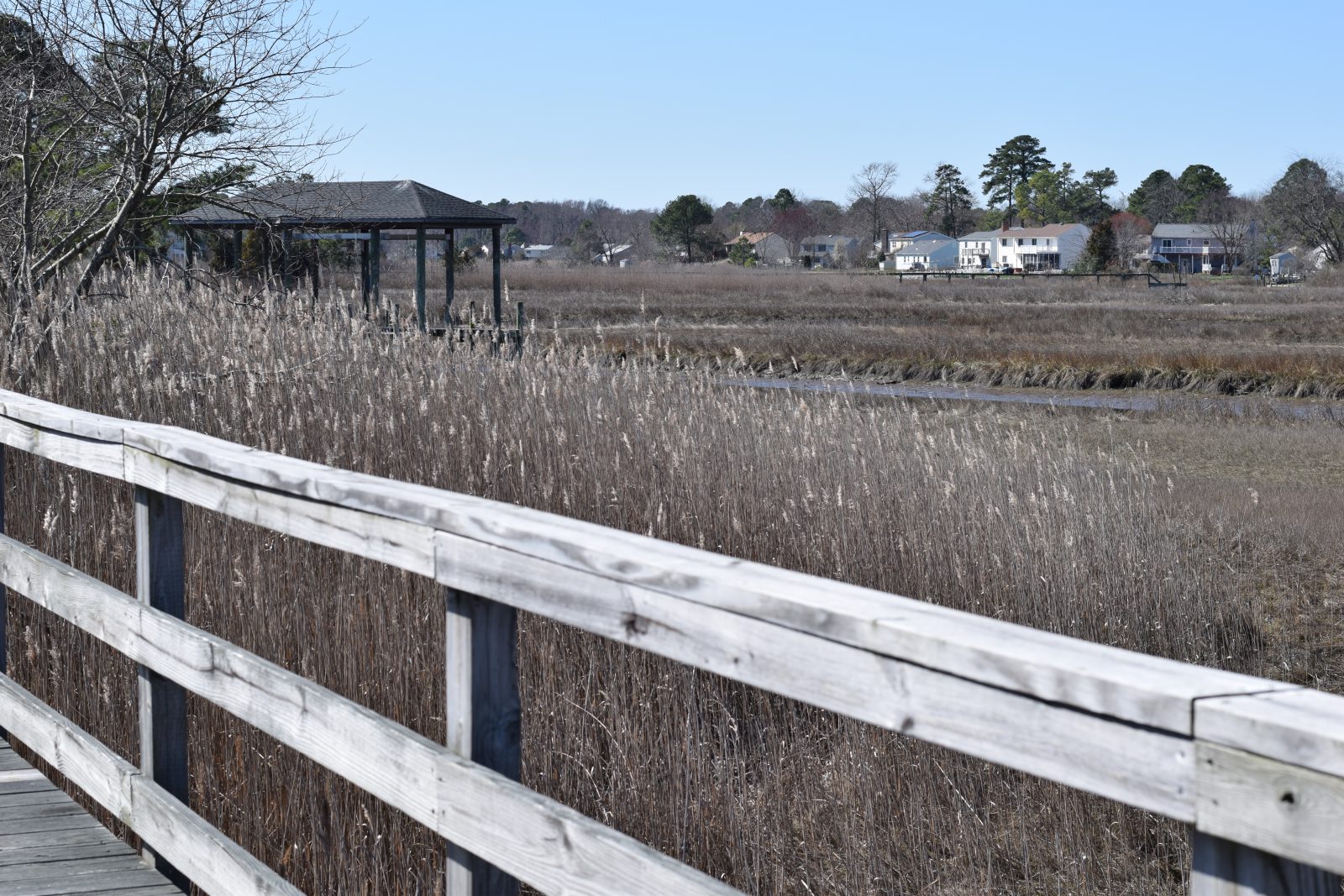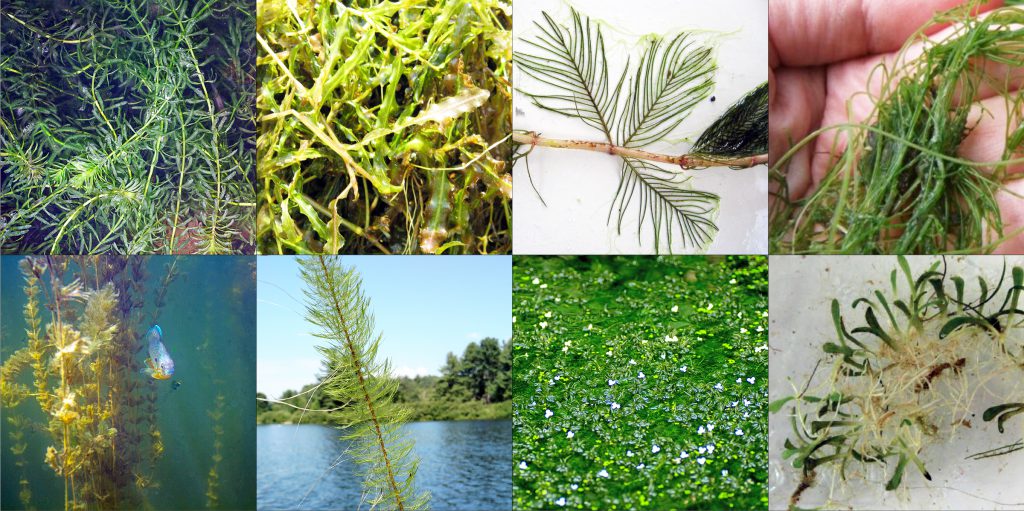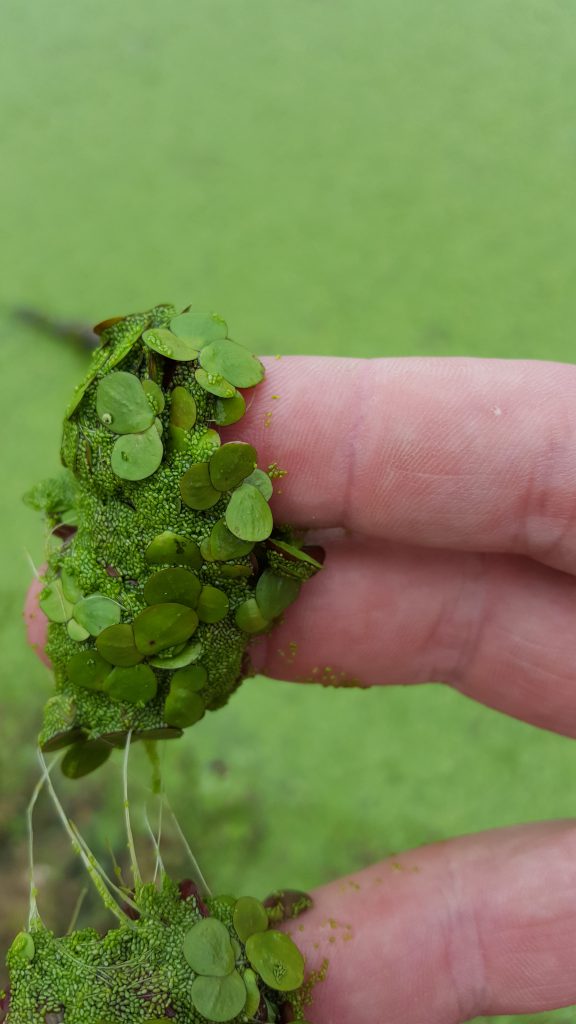
Invasive Species Management: Upland, Wetland & Aquatic Weed Control
Invasive plants are species that were introduced to an area that is outside of their natural range of dispersal. They are typically characterized as adaptable and aggressive, with a very high reproductive rate. When combined with a general lack of natural enemies or predators, their aggressive nature often leads to major outbreaks that can dominate quickly and be very hard to control. As a result, native plants and animals can suffer. While invasive plants are generally introduced to the United States from other parts of the world, plants that are native to the country can also be considered invasive when introduced to other regions within our own borders.
In order to combat the spread of invasive species, it’s important to stay educated on the ways in which they can spread and how they present themselves to their non-native ecosystems. Invasive plants typically fit into a few main categories: submerged, emergent vegetation, floating, wetland.
Managing Nuisance & Invasive Aquatic Weeds

Submerged or Submersed Aquatic Plants
Submerged or submersed plants are those plants that grow almost entirely under the surface of the water, although they do have the potential to “top out” and reach the surface. When this occurs, you may also see the tips of the plants grow long enough that they lay over and float on the surface of the water. Submersed plants typically cause the most problems for boating, fishing, and aquatic life, because of the density of their growth, and their ability to completely and quickly dominate any aquatic system in which they are found.
Submerged Plant Management: Submersed species often require a multifaceted management approach. This is because many submersed aquatic plant species reproduce through fragmentation, meaning any small piece of the plant that breaks off may begin new infestations. In some cases, herbicides that specifically target the undesirable plants, without affecting native species, may be used over the course of several seasons to achieve complete eradication. The short-term use of EPA-registered herbicides is vastly more responsible and favorable for the environment than allowing an invasive species to flourish and destroy the habitat over time. Additionally, a new reduced-risk herbicide called ProcellaCOR is making it easier and safer to eradicate invasive species by targeting their unique growth mechanisms.

Emergent Plants
Emergent plants, or emergent vegetation, are those species that are rooted in shallow water, but that stand upright with the majority of their plant tissue showing above the surface of the water. Typically these emergent plants will only grow in very shallow water or along the edges of the water and slightly up onto dry land. The growth pattern of emergent vegetation often limits them to these areas and they are often not an issue in larger lakes or ponds with deeper water, but they can completely dominate shallow shoreline areas and, even worse, destroy hundreds or thousands of acres of wetlands and marsh areas which remain shallow or only slightly wet throughout the year.
Emergent Vegetation Management: Emergent plants are great candidates hydro-raking. A hydro-rake is essentially a floating barge supporting a large rake attachment capable of scooping up more than 500 pounds of plant matter and muck in each scoop. During removal, the hydro-rake will withdraw the entire emergent plant, as well as it’s root system underneath—without impacting the delicate shoreline.

Floating Aquatic Plants
Floating plants are those plants that are vascular and do have roots, but their roots are not necessarily established in the bottom sediment. These species, whether rooted or not, have most if not all of their leaves and other plant tissue floating on the surface of the water. Floating plants that are not rooted in the bottom sediment such as Water Hyacinth, Water Lettuce and Giant Salvinia tend to be very prolific invaders as they are able to move rapidly and spread quickly over the surface of a lake or pond, and even drift or wash into surrounding waterways. Many invasive floating plants are commonly found in small water features and gardens and will often become a nuisance in nearby lakes and ponds.
Floating Plant Management: Floating leaf plants can be effectively controlled through mechanical harvesting. The harvester contains a cutting mechanism and steel conveyor mesh carries the weeds on board to a holding area beneath the operator’s platform. A conveyor in the rear of the vessel off-loads the collected plant matter on-shore where it can be left to de-water and then be loaded and trucked away. Typically, one to two harvests are recommended to provide season-long control of commonly targeted species.

Wetland Plants
Wetlands provide food and shelter for many different species and are vital filters for surrounding watersheds. Human disturbance often leads to non-native species being introduced to wetlands and such species reduce existing native vegetation. Many of these species will often shade out competition or create a complex root system that prevents growth of other plants. Further upland other invasive species will create issues in woodland areas and monocultures of non-native species will reduce biodiversity.
Wetland Plant Management: Herbicide applications are often the most effective option to manage aggressive invasive weeds in wetland areas. Application techniques routinely used, include hand-wicking, spot spraying (backpack), truck-mounted sprayers, Airboat application and Amphibious Track Vehicles equipped with spray platforms. In some situations, spraying followed by cutting and mulching, will hasten the recovery of native plants (from the “seed bank”) once the invasive plants are controlled.

Monitoring Invasive Aquatic Plants
Monitoring is a key component to successful invasive species management. With regular inspections of your sites, you can identify and control submerged, floating, and emergent plants before they have a chance to proliferate. Early identification will also greatly reduce the expense associated with control, allowing for small-scale selective treatments rather than the large-scale and expansive treatments that are required once a problem species has taken over.
Once an invasive aquatic plant species have been identified through testing or close inspection under a microscope, an experienced aquatic management professional may recommend a number of management strategies, depending on the type of vegetation present. SOLitude regularly manages invasive plants on sites of all sizes. Our scientific team has access to new technologies like advanced drone technology for aquatic weed applications and extensive experience to know what specific herbicide and application techniques are most appropriate for a given site.









